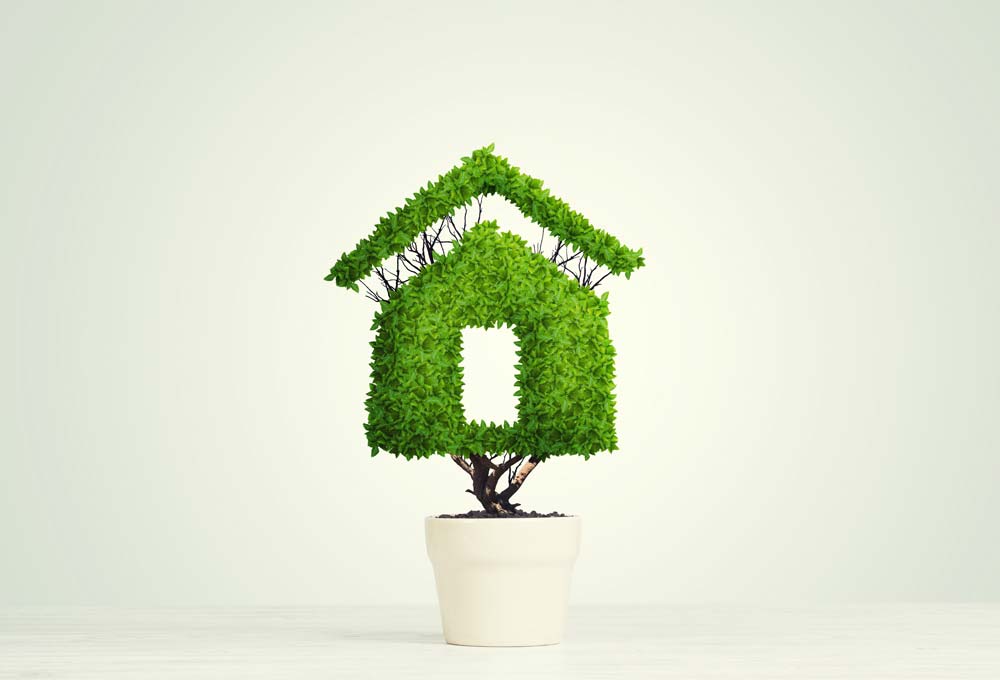Futureproofing Development – Net Zero by 2050

In the 2019 Spring Statement, the government committed to bring all its greenhouse gas emissions to net-zero by 2050.
An ambitious target, however, given that homes – both new and existing – account for 20% of emissions, according to government data in the Future Homes Standard Consultation, a radical approach needs to be incorporated in today’s developments in order to stand the test of time and meet those requirements that will be in place in 2050.
But how does the construction industry do that?
In order to make the 2050 goal more achievable, the government has committed to introducing the Future Homes Standard in 2025, the expectation of which is to have a home with 75-80% less carbon emissions than one built to current energy efficiency requirements.
What does a Future Homes Standard home look like?
- Low carbon heating systems
The aim is to minimise heating requirements by using more energy-efficient materials but there is a long road ahead before materials are produced that negate the need entirely for heating systems. The Future Homes Standard consultation expects homes to include low carbon heating systems which essentially removes the need for gas supply. A lot of strategic developers are now proposing the early securement of electrical capacity to remove the need for gas.
- Energy-efficient build materials
A detailed fabric specification is set out in the Future Homes Standard consultation. For example, the intention is that “every new home should typically have triple glazing and standards for walls, floors and roofs that significantly limit any heat loss”.
- Electric vehicle charging points
Developers will need to understand what type of charging capacity the Independent Connection Providers (ICP) are allowing for within their design and estimating functions, known as their After Diversity Maximum Demand (ADMD), which is, in essence, the peak load a distribution network might experience at one point. Accounting for smart charging and an energy management system will be a key factor.
- Housing developments long-term supply
Developers should be engaging with Independent Network Operators (iDNOs) to make sure they fully understand the formal offers they are signing up to; it is so important to minimise any risk on proposed and future phases of development.
- Costs from the Clean Growth Grand Challenge
Developers will be asking the question on how much extra will it cost to build a new house or commercial unit. Energy efficiency will play a major role in the design and build of future homes; however, delivery of that efficiency comes at a price. Heat pumps, wastewater heat recovery systems, PV and triple glazing etc. will all come at an additional cost compared to previous standards.
Trigon Response
At Trigon we ensure we are ahead of the curve so that our clients are fully informed to consider what their development will need to deliver in 10, 20, 30 years’ time.
We do this by our early engagement at inception stage ensuring sustainability requirements are fully understood and structured to inform our Client’s feasibility exercise, from the outset of a project.
Trigon will:
- Kick off with a detailed client workshop to fully understand our client’s needs socially, commercially, and personally and how these weigh up to the Future Homes Standard, the full lifecycle of the development and the progression to improved sustainable development
- Derive a strategy with the experience of the professional team early in the lifecycle to guarantee we are driving the management for sustainable places by designing and procuring the correct build materials, to government regulation and to project budget
- Work closely with your iDNOs and Distribution Network Operators (DNOs) to minimise future utilities costs
- Review the need for incorporated car charging points and secure a sufficient electricity supply
- Take consideration of the long-term viability of the development with regard to future expectations and requirements
Trigon emphasise that the Future Homes Standard is still under review and has not formally been introduced. However, the push for energy efficiency in our homes and future developments isn’t going away, so it’s better for us to get ahead of the curve and limit our risk for when these new standards are eventually introduced.
Our main aim is to make our clients lives easier. If you need guidance on how to cost-effectively put in place utilities and ensure you are futureproofing the energy efficiency of your development, please get in touch and we will be happy to advise.